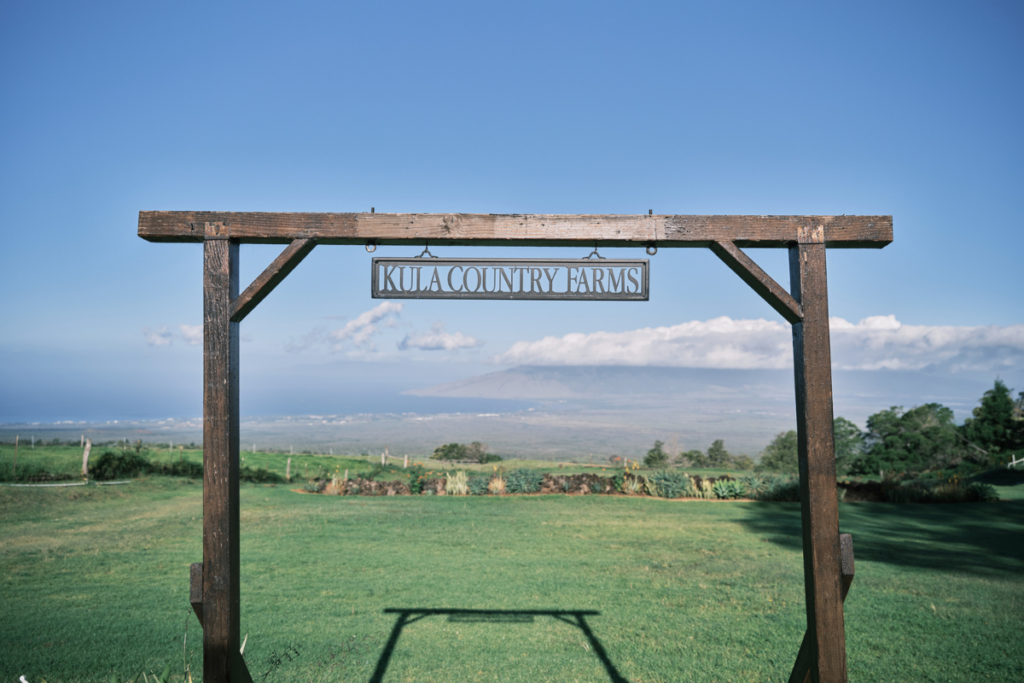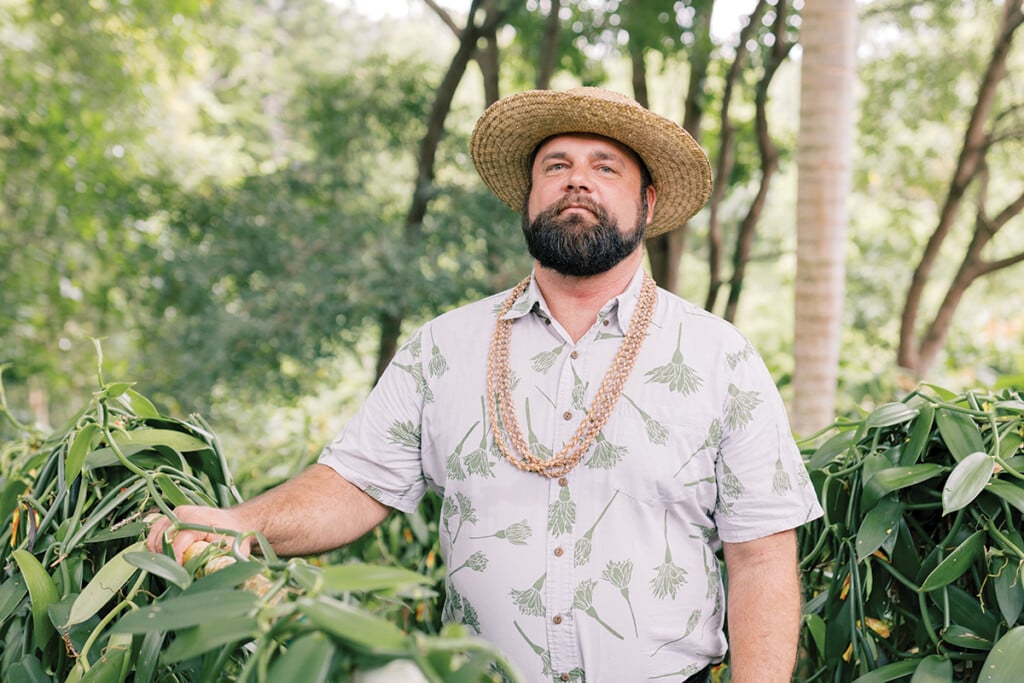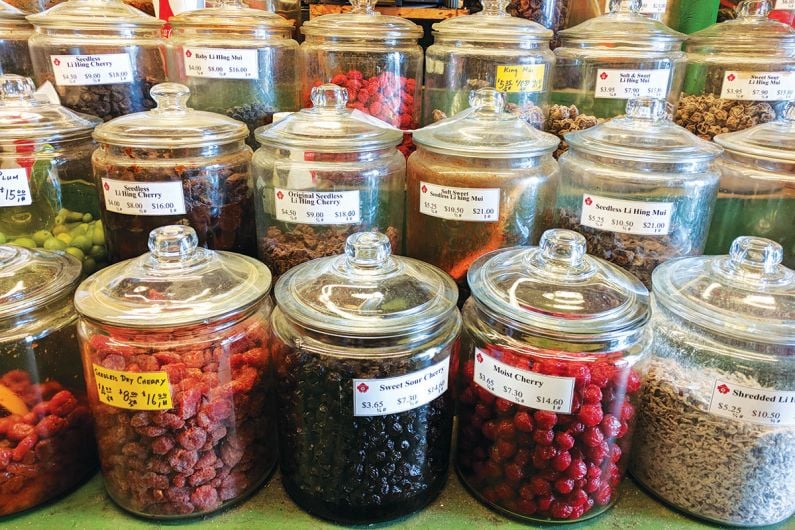Remembering Mauna Loa’s last eruption

The current eruption of Kilauea is bringing back old memories for me.
I grew up on the Big Island of Hawaii. Mauna Loa awoke in the early morning hours 24 years ago this week, March 25, 1984.
The 1984 eruption on the 13,680-foot volcano’s southeast flank produced a river of lava that came within four miles of the upper slopes of Hilo before stopping.
I lived in Hilo at the time.
My friends and I joined other residents on Hilo’s bayfront or near the airport runway after dark, studying the suddenly strange-looking mountain looming over the city. The familiar placid evening silhouette was gone. Mauna Loa now had a glowing amber hot spot and a thin finger of orange lava moving downslope through its thick forests.
Twenty-four years ago we had a rare opportunity that even the current eruption does not afford: Two Hawaii volcanoes erupting simultaneously. Turn southeast at the Hawaiian Volcano Observatory and you’d see clouds lit up by the Kilauea eruption downslope. Turn west, and you could make out the curtain of 160-foot lava fountains upslope on Mauna Loa.
We were regulars at both locations over the three weeks that followed. Meanwhile, the intensely glowing orange finger of lava drew closer to the lights of Hilo each night. Fascination turned to fear. The town buzzed with talk of evacuation.
A friend’s house in upper Hilo was at least a dozen miles away from where the tip of the flow was mowing down vegetation. But sitting in his backyard gazing at the intense orange glow streaming through the forest beyond after dusk, you’d think it was just over the treeline, possibly arriving before morning.
In the end, the gentler slopes of Mauna Loa’s lower elevations slowed the flow’s progression. The eruption ended around the same time, three weeks to the day it began. Hilo returned to its sedate pace. Mauna Loa has been quiet ever since.
Hawaiian Volcano Observatory’s most recent Mauna Loa report on March 15 showed no seismic activity or ground swelling—which means no lava is collecting in the mountain’s sizable below-surface reservoir.
One has to wonder, though, how long Mauna Loa will continue to let its younger sibling Kilauea continue to steal all the attention.


